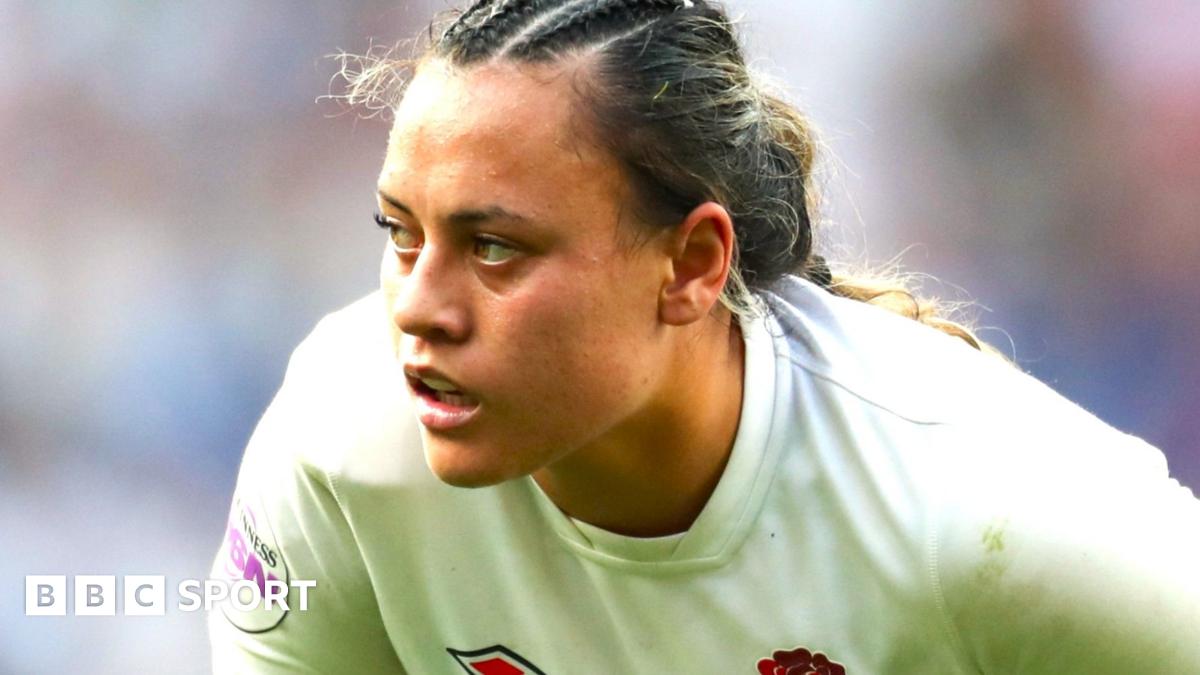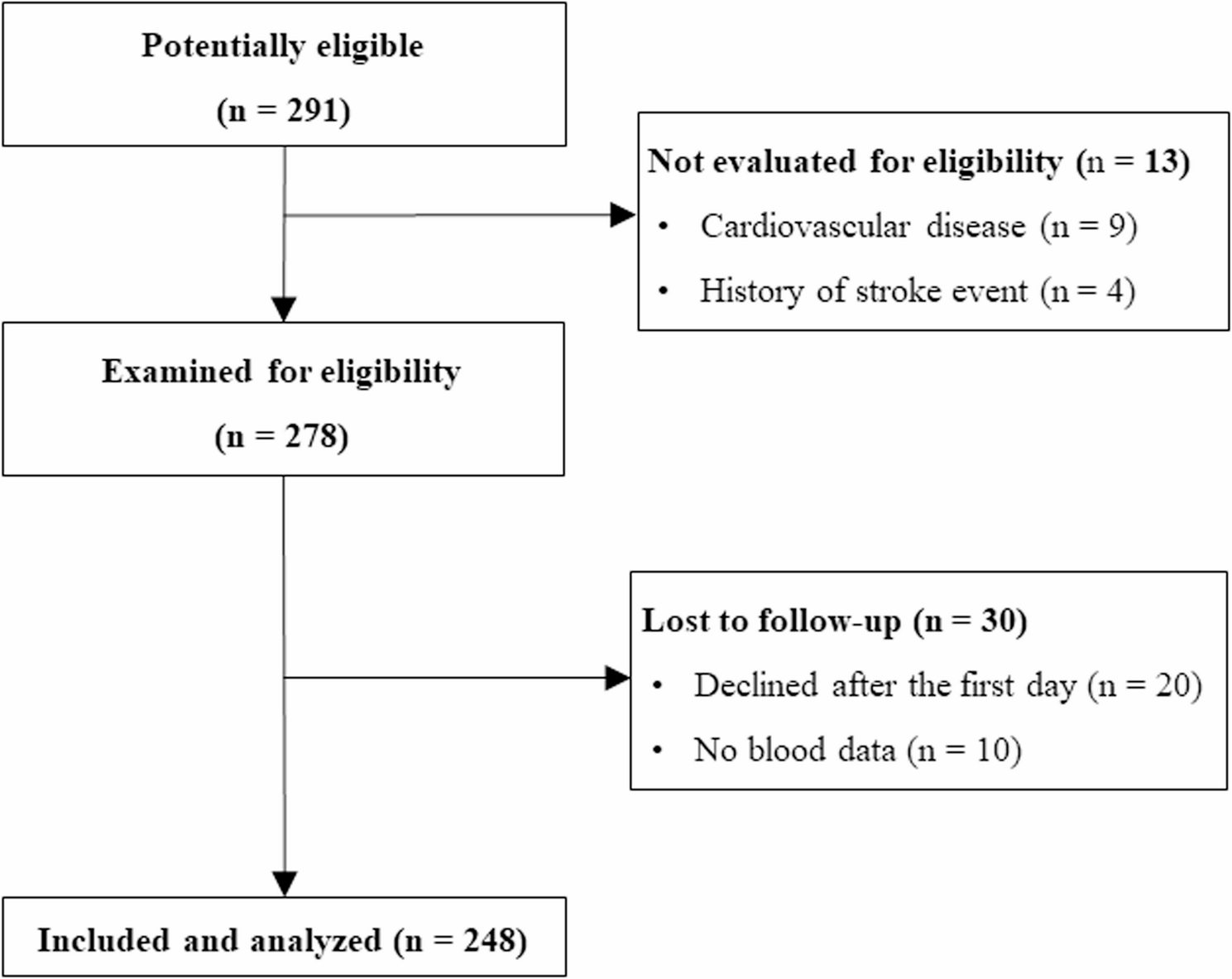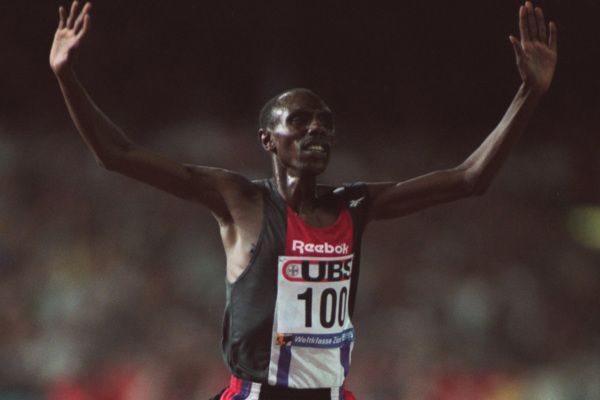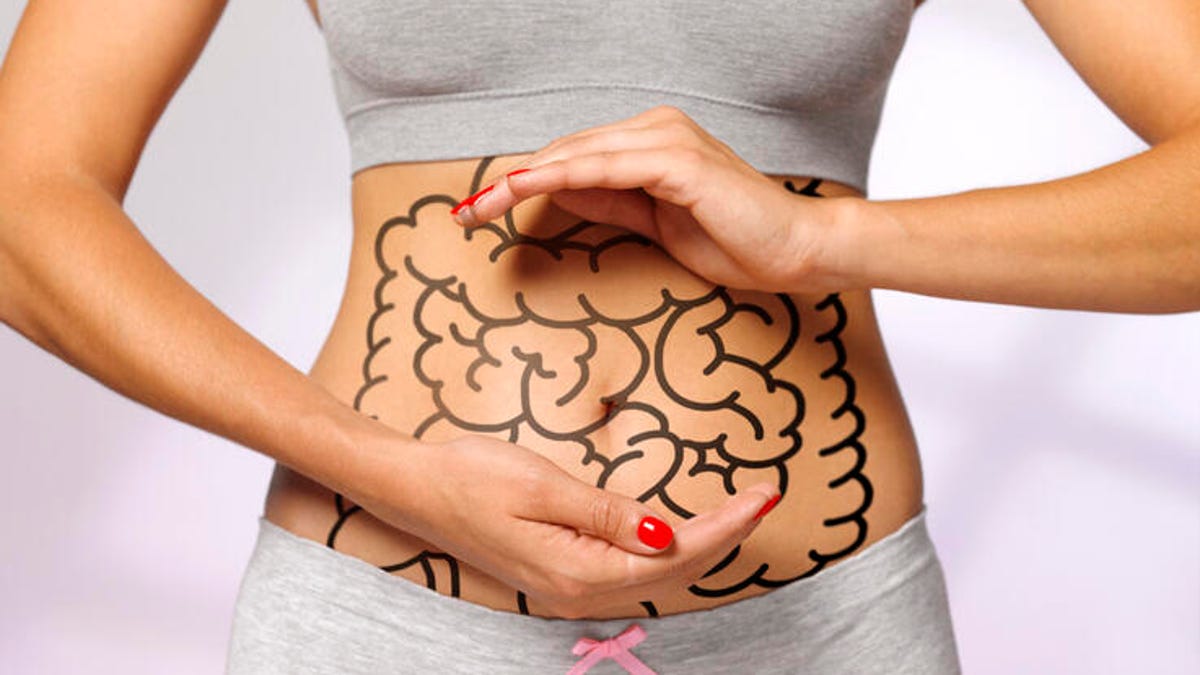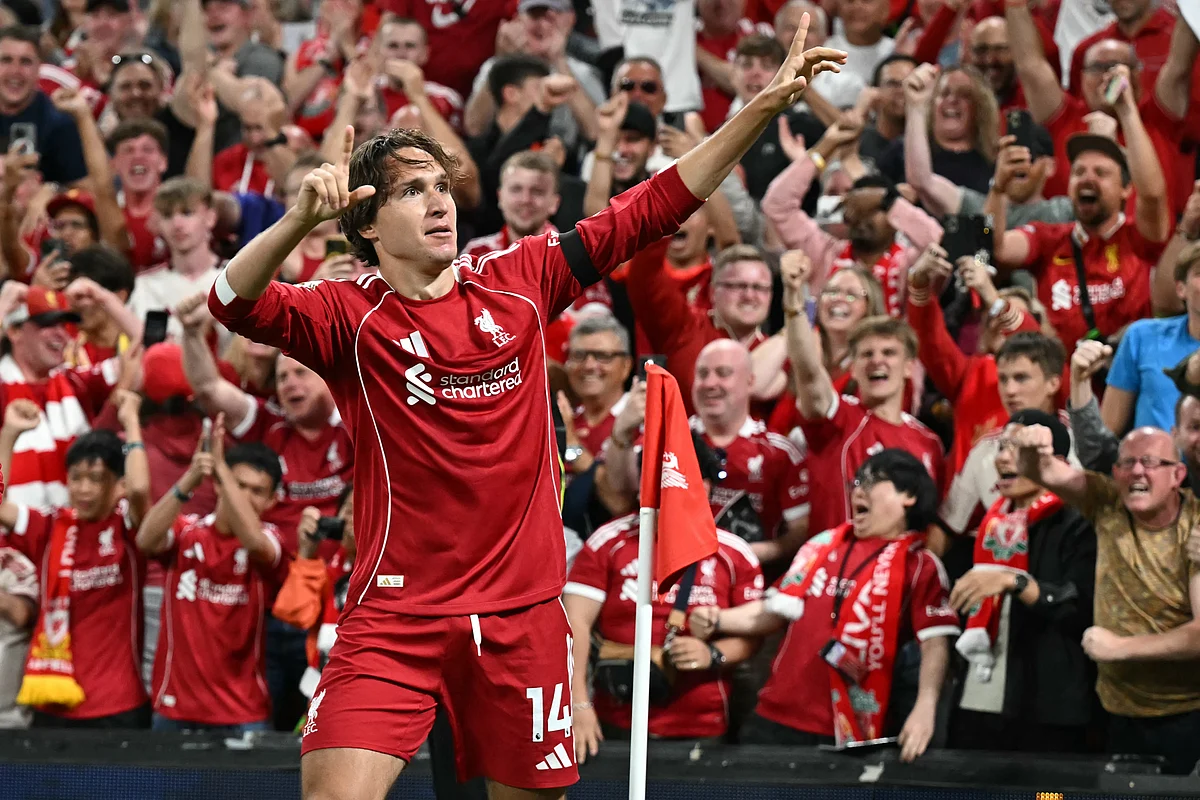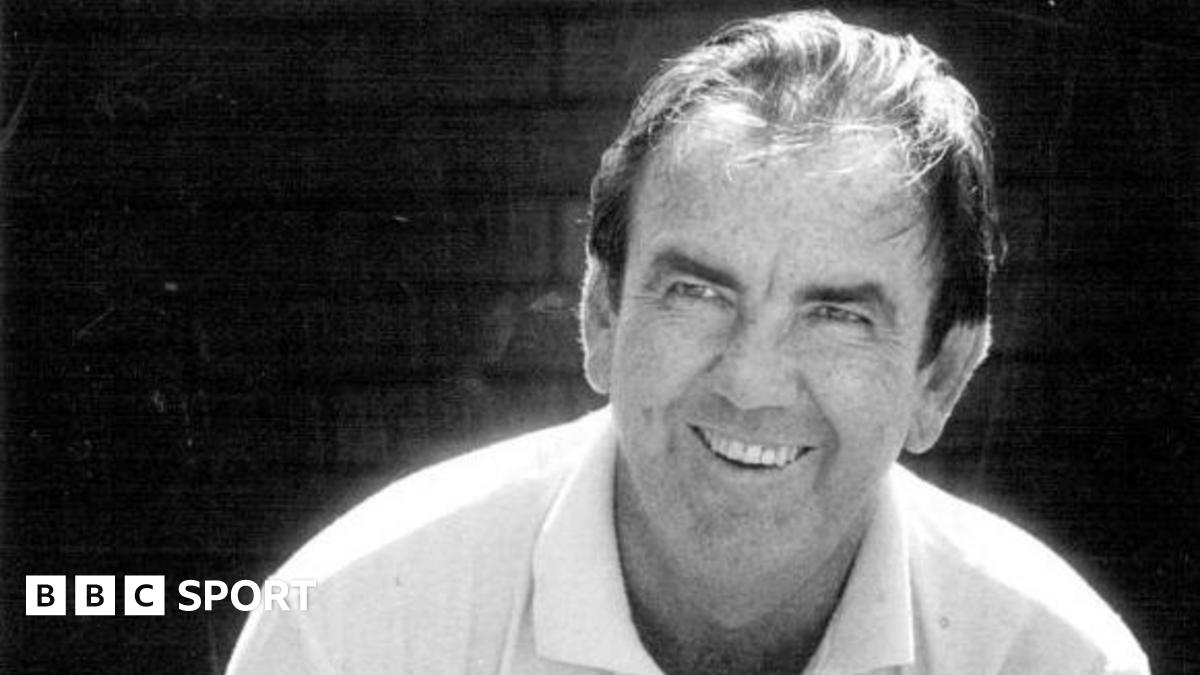Alberti KGMM, Eckel RH, Grundy SM, Zimmet PZ, Cleeman JI, Donato KA, et al. Harmonizing Metabolic Syndrome Circulation. 2009;120(16):1640–5.
PubMed
Google Scholar
Isomaa B, Almgren P, Tuomi T, Forsen B, Lahti K, Nissen M, et al. Cardiovascular morbidity and mortality associated with the metabolic syndrome. Diabetes Care. 2001;24(4):683–9.
PubMed
Google Scholar
Lakka H-M. The metabolic syndrome and total and cardiovascular disease mortality in Middle-aged men. JAMA. 2002;288(21):2709.
PubMed
Google Scholar
Malik S, Wong ND, Franklin SS, Kamath TV, L’Italien GJ, Pio JR, et al. Impact of the metabolic syndrome on mortality from coronary heart disease, cardiovascular disease, and all causes in united States adults. Circulation. 2004;110(10):1245–50.
PubMed
Google Scholar
Ford ES. Risks for All-Cause mortality, cardiovascular disease, and diabetes associated with the metabolic syndrome: A summary of the evidence. Diabetes Care. 2005;28(7):1769–78.
PubMed
Google Scholar
Sugiura T, Takase H, Dohi Y, Yamashita S, Seo Y. Impact of medical checkup parameters on major adverse cardiovascular events in the general Japanese population. Prev Med Reports. 2024;38:102600.
Google Scholar
Wijndaele K, Beunen G, Duvigneaud N, Matton L, Duquet W, Thomis M, et al. A continuous metabolic syndrome risk score: utility for epidemiological analyses. Diabetes Care. 2006;29(10):2329–2329.
PubMed
Google Scholar
Wiley JF, Carrington MJ. A metabolic syndrome severity score: A tool to quantify cardio-metabolic risk factors. Prev Med (Baltim). 2016;88:189–95.
Google Scholar
Honarvar M, Mehran L, Masoumi S, Agahi S, Khalili S, Azizi F, et al. 2023 Independent association between age- and sex-specific metabolic syndrome severity score and cardiovascular disease and mortality. Sci Rep. 13(1):14621.
PubMed
PubMed Central
Google Scholar
Tremblay MS, Aubert S, Barnes JD, Saunders TJ, Carson V, Latimer-cheung AE, et al. 2017 Sedentary behavior research network (SBRN)– Terminology consensus project process and outcome. Int J Behav Nutr Phys Act. 14(1):1–17.
Google Scholar
Young DR, Hivert M-F, Alhassan S, Camhi SM, Ferguson JF, Katzmarzyk PT, et al. Sedentary Behavior and Cardiovascular Morbidity and Mortality: A Science Advisory From the American Heart Association. Circulation. 2016;134(13):e262–e279.
Amirfaiz S, Shahril MR. Objectively Measured Physical Activity, Sedentary Behavior, and Metabolic Syndrome in Adults: Systematic Review of Observational Evidence. Metab Syndr Relat Disord. 2019;17(1):1–21.
PubMed
Google Scholar
Bull FC, Al-Ansari SS, Biddle S, Borodulin K, Buman MP, Cardon G, et al. 2020 World Health Organization 2020 guidelines on physical activity and sedentary behaviour. Br J Sports Med. 2020;54(24):1451–62.
PubMed
Google Scholar
Harvey JA, Chastin SFM, Skelton DA. How Sedentary are Older People? A Systematic Review of the Amount of Sedentary Behavior. J Aging Phys Act. 2015;23(3):471–87.
PubMed
Google Scholar
Aguilar M, Bhuket T, Torres S, Liu B, Wong RJ. Prevalence of the metabolic syndrome in the united states, 2003–2012. JAMA. 2015;313(19):1973–4.
PubMed
Google Scholar
Ford ES, Li C, Zhao G. Prevalence and correlates of metabolic syndrome based on a harmonious definition among adults in the US. J Diabetes. 2010;2(3):180–93.
PubMed
Google Scholar
Oliveira LVA, dos Santos BNS, Machado ÍE, Malta DC, Velasquez-Melendez G, Felisbino-Mendes MS. Prevalência da Síndrome Metabólica e seus componentes na população adulta brasileira. Cien Saude Colet. 2020;25(11):4269–80.
PubMed
Google Scholar
Yerramalla MS, van Hees VT, Chen M, Fayosse A, Chastin SFM, Sabia S. Objectively Measured Total Sedentary Time and Pattern of Sedentary Accumulation in Older Adults: Associations With Incident Cardiovascular Disease and All-Cause Mortality. Lipsitz LA, editor. Journals Gerontol Ser A. 2022;77(4):842–50.
Google Scholar
Wu J, Fu Y, Chen D, Zhang H, Xue E, Shao J, et al. Sedentary behavior patterns and the risk of non-communicable diseases and all-cause mortality: A systematic review and meta-analysis. Int J Nurs Stud. 2023;146:104563.
PubMed
Google Scholar
Lee J, Walker ME, Matthews KA, Kuller LH, Ranjit N, Gabriel KP. Associations of physical activity and sleep with cardiometabolic risk in older women. Prev Med Reports. 2020;18:101071.
Google Scholar
Madden KM, Feldman B, Chase J. Sedentary time and metabolic risk in extremely active older adults. Diabetes Care. 2021;44(1):194–200.
PubMed
Google Scholar
Nilsson A, Wåhlin-Larsson B, Kadi F. (2017) Stokes K, editor. Physical activity and not sedentary time per se influences on clustered metabolic risk in elderly community-dwelling women. PLoS One. 12(4):e0175496. Available from: https://doi.org/10.1371/journal.pone.0175496
Kim Y, Welk GJ, Braun SI, Kang M. Extracting objective estimates of sedentary behavior from accelerometer data: measurement considerations for surveillance and research applications. PLoS ONE. 2015;10(2):1–15.
Google Scholar
von Elm E, Altman DG, Egger M, Pocock SJ, Gøtzsche PC, Vandenbroucke JP, et al. Strengthening the reporting of observational studies in epidemiology (STROBE) statement: guidelines for reporting observational studies. BMJ. 2007;335(7624):806–8.
Google Scholar
Cabral LLP, Freire YA, Browne RAV, Macêdo GAD, Câmara M, Schwade D, et al. Associations of steps per day and peak cadence with arterial stiffness in older adults. Exp Gerontol. 2022;157:111597. Available from: https://pubmed.ncbi.nlm.nih.gov/34798157/
Cohen J. Statistical power analysis for the behavioral sciences. 2nd ed. New Jersey: Lawrence Erlbaum; 1988.
Google Scholar
Friedewald WT, Levy RI, Fredrickson DS. Estimation of the concentration of low-density lipoprotein cholesterol in plasma, without use of the preparative ultracentrifuge. Clin Chem. 1972;18(6):499–502.
PubMed
Google Scholar
Malachias MVB, Gomes MAM, Nobre F, Alessi A, Feitosa AD, Coelho EB. 7th Brazilian guideline of arterial hypertension: chap. 2 – Diagnosis and classification. Arq Bras Cardiol. 2016;107(3 Suppl 3):7–13.
PubMed
Google Scholar
Alberti KGMM, Eckel RH, Grundy SM, Zimmet PZ, Cleeman JI, Donato KA, et al. Harmonizing the metabolic syndrome: A joint interim statement of the international diabetes federation task force on epidemiology and prevention; National heart, lung, and blood institute; American heart association; world heart federation; international. Circulation. 2009;120(16):1640–5.
PubMed
Google Scholar
Choi L, Liu Z, Matthews CE, Buchowski MS. Validation of accelerometer wear and nonwear time classification algorithm. Med Sci Sport Exerc. 2011;43(2):357–64.
Google Scholar
Freedson PS, Melanson E, Sirard J. Calibration of the computer science and applications, inc. Accelerometer. Med Sci Sports Exerc. 1998;30(5):777–81.
PubMed
Google Scholar
Gorman E, Hanson HM, Yang PH, Khan KM, Liu-Ambrose T, Ashe MC. Accelerometry analysis of physical activity and sedentary behavior in older adults: A systematic review and data analysis. Eur Rev Aging Phys Act. 2014;11(1):35–49.
PubMed
Google Scholar
Migueles JH, Cadenas-Sanchez C, Ekelund U, Delisle Nyström C, Mora-Gonzalez J, Löf M, et al. Accelerometer data collection and processing criteria to assess physical activity and other outcomes: A systematic review and practical considerations. Sport Med. 2017;47(9):1821–45.
Google Scholar
Trost SG, Mciver KL, Pate RR. Conducting Accelerometer-Based activity assessments in Field-Based research. Med Sci Sport Exerc. 2005;37(11):S531–43.
Google Scholar
Bohm MK, Liu Y, Esser MB, Mesnick JB, Lu H, Pan Y, et al. Binge drinking among adults, by select characteristics and State — United states, 2018. MMWR Morb Mortal Wkly Rep. 2021;70(41):1441–6.
PubMed
PubMed Central
Google Scholar
Lustosa LP, Pereira DS, Dias RC, Britto RR, Parentoni AN, Pereira LSM. Translation and cultural adaptation of the Minnesota leisure time activities questionnaire in community-dwelling older people. Geriatr Gerontol Aging. 2011;5(2):57–65.
Google Scholar
Bellettiere J, LaMonte MJ, Evenson KR, Rillamas-Sun E, Kerr J, Lee I-M, et al. Sedentary Behavior and Cardiovascular Disease in Older Women. Circulation. 2019;139(8):1036–46.
PubMed
PubMed Central
Google Scholar
Ekelund U, Tarp J, Steene-Johannessen J, Hansen BH, Jefferis B, Fagerland MW, et al. Dose-response associations between accelerometry measured physical activity and sedentary time and all cause mortality: systematic review and harmonised meta-analysis. BMJ. 2019;366:1–10.
Google Scholar
Sagelv EH, Hopstock LA, Morseth B, Hansen BH, Steene-Johannessen J, Johansson J, et al. 2023 Nov 1 Device-measured physical activity, sedentary time, and risk of all-cause mortality: an individual participant data analysis of four prospective cohort studies. Br J Sports Med. 57(22):1457–63.
PubMed
Google Scholar
Lash II, Title TLI, MODERN EPIDEMIOLOGY. Epidemiol I Greenl [Internet]. 1951 [cited 2025 Jun 21];(2). Available from: www.ebook3000.com.
Loh R, Stamatakis E, Folkerts D, Allgrove JE, Moir HJ. Effects of Interrupting Prolonged Sitting with Physical Activity Breaks on Blood Glucose, Insulin and Triacylglycerol Measures: A Systematic Review and Meta-analysis. Sports Med. 2020;50(2):295–330.
PubMed
Google Scholar
Pinto AJ, Bergouignan A, Dempsey PC, Roschel H, Owen N, Gualano B, et al. 2023 Oct 1 Physiology of sedentary behavior. Physiol Rev. 103(4):2561.
PubMed
PubMed Central
Google Scholar
Bergouignan A, Latouche C, Heywood S, Grace MS, Reddy-Luthmoodoo M, Natoli AK, et al. 2016 Frequent interruptions of sedentary time modulates contraction- and insulin-stimulated glucose uptake pathways in muscle: Ancillary analysis from randomized clinical trials. Sci Rep. 6:32044–57.
PubMed
PubMed Central
Google Scholar
Morishima T, Restaino RM, Walsh LK, Kanaley JA, Fadel PJ, Padilla J. Prolonged sitting-induced leg endothelial dysfunction is prevented by fidgeting. Am J Physiol Hear Circ Physiol. 2016;311(1):177–82.
Google Scholar
Hooker SP, Diaz KM, Blair SN, Colabianchi N, Hutto B, McDonnell MN et al. Association of Accelerometer-Measured Sedentary Time and Physical Activity With Risk of Stroke Among US Adults. JAMA Netw open [Internet]. 2022;5(6):e2218305. Available from: https://pubmed.ncbi.nlm.nih.gov/35657625/
Boerema ST, van Velsen L, Vollenbroek MM, Hermens HJ. Pattern measures of sedentary behaviour in adults: A literature review. Digit Heal. 2020;6:205520762090541.
Google Scholar
Ross R, Chaput JP, Giangregorio LM, Janssen I, Saunders TJ, Kho ME, et al. Canadian 24-Hour movement guidelines for adults aged 18–64 years and adults aged 65 years or older: an integration of physical activity, sedentary behaviour, and sleep. Appl Physiol Nutr Metab. 2020;45(10):S57–102.
PubMed
Google Scholar
Ministério da Saúde. Guia de atividade física para a população brasileira. Brasília-DF; 2021.
Google Scholar
Dogra S, Copeland JL, Altenburg TM, Heyland DK, Owen N, Dunstan DW. Start with reducing sedentary behavior: A stepwise approach to physical activity counseling in clinical practice. Patient Educ Couns. 2022;105(6):1353–61.
PubMed
Google Scholar
Buffey AJ, Herring MP, Langley CK, Donnelly AE, Carson BP. The acute effects of interrupting prolonged sitting time in adults with standing and Light-Intensity walking on biomarkers of cardiometabolic health in adults: A systematic review and Meta-analysis. Sport Med. 2022.
Yates T, Edwardson CL, Celis-Morales C, Biddle SJH, Bodicoat D, Davies MJ, et al. 2020 Metabolic effects of breaking prolonged sitting with standing or light walking in older south asians and white europeans: A randomized acute study. Journals Gerontol – Ser A Biol Sci Med Sci. 75(1):139–46.
Google Scholar
Ahmadi MN, Blodgett JM, Atkin AJ, Chan H-W, del Pozo Cruz B, Suorsa K, et al. 2024 Relationship of device measured physical activity type and posture with cardiometabolic health markers: pooled dose–response associations from the Prospective Physical Activity, Sitting and Sleep Consortium. Diabetologia. 67(6):1051–65.
PubMed
PubMed Central
Google Scholar
Rosenberg DE, Zhu W, Greenwood-Hickman MA, Cook AJ, Florez Acevedo S, McClure JB, et al. 2024 Sitting Time Reduction and Blood Pressure in Older Adults. JAMA Netw Open. 7(3):e243234.
PubMed
PubMed Central
Google Scholar
Ekelund U, Tarp J, Fagerland MW, Johannessen JS, Hansen BH, Jefferis BJ, et al. Joint associations of accelero-meter measured physical activity and sedentary time with all-cause mortality: A harmonised meta-analysis in more than 44 000 middle-aged and older individuals. Br J Sports Med. 2020;54(24):1499–506.
PubMed
Google Scholar
Dall PM, Coulter EH, Fitzsimons CF, Skelton DA, Chastin SFM. TAxonomy of Self-reported sedentary behaviour tools (TASST) framework for development, comparison and evaluation of self-report tools: content analysis and systematic review. BMJ Open. 2017;7(4):1–12.
Google Scholar
Júdice PB, Santos DA, Hamilton MT, Sardinha LB, Silva AM. Validity of GT3X and Actiheart to estimate sedentary time and breaks using ActivPAL as the reference in free-living conditions. Gait Posture [Internet]. 2015 May 1 [cited 2025 Jun 2];41(4):917–22. Available from: https://www.sciencedirect.com/science/article/pii/S0966636215004063?via%3Dihub





